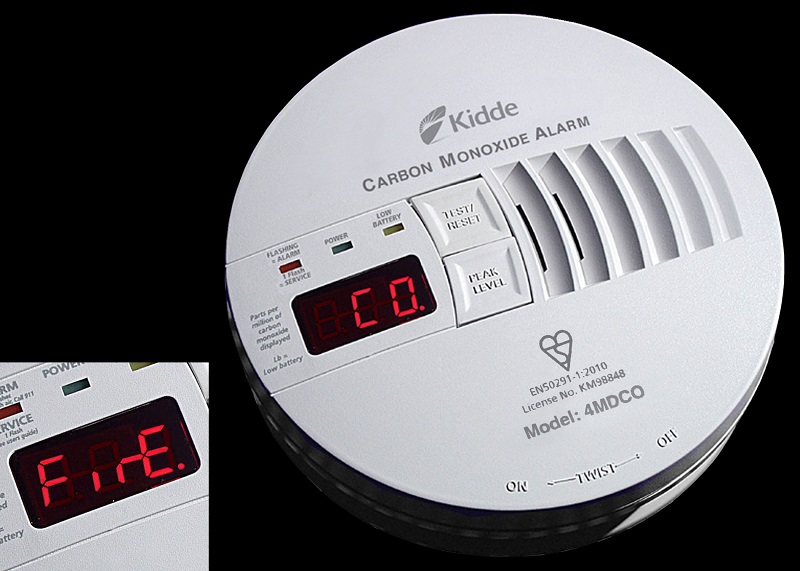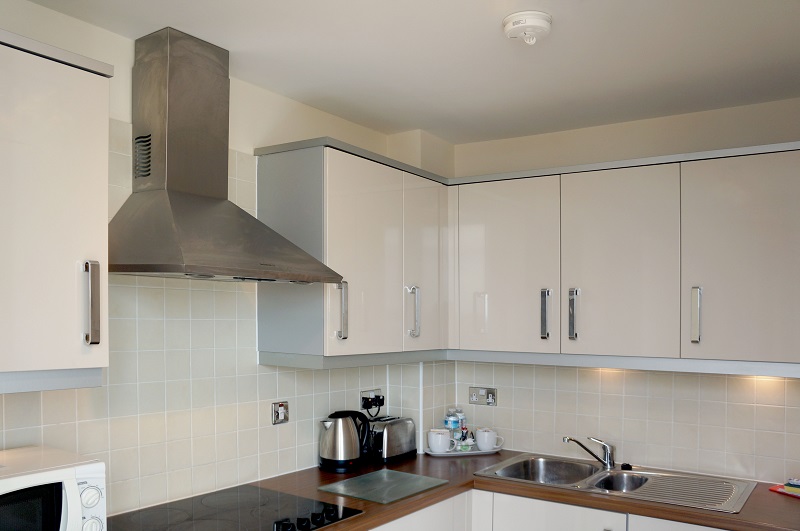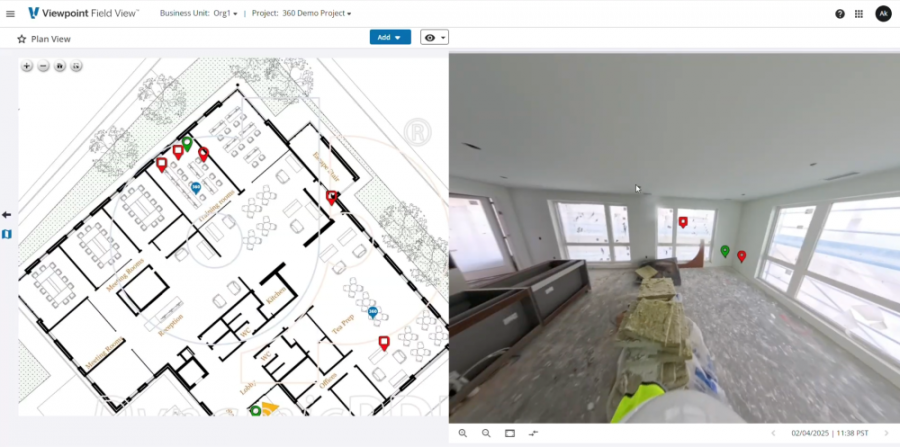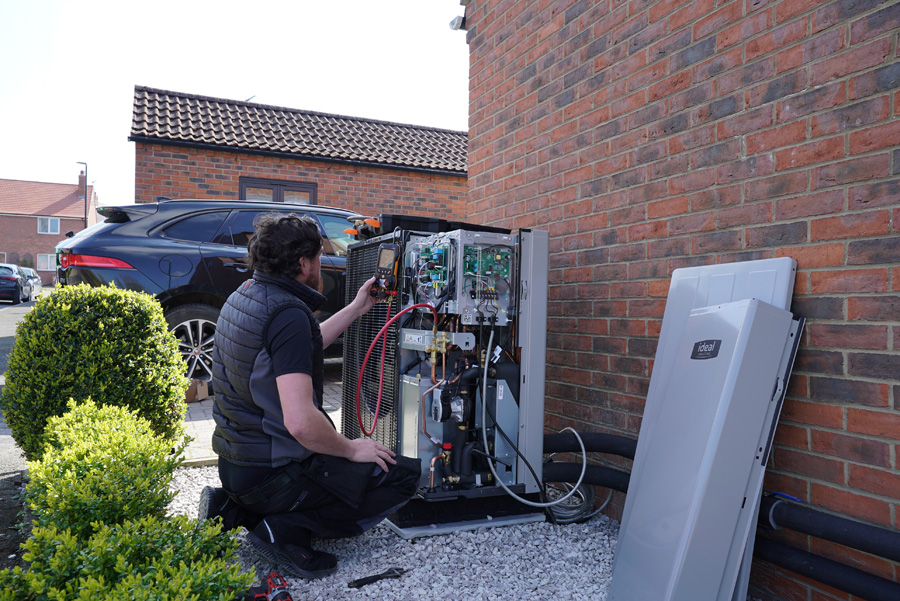With over 60% of all domestic fires starting in kitchens, installing heat alarms should be a priority for all types of housing - and there is a convincing argument to fit carbon monoxide alarms too, says Kidde Safety.
While many fires are started accidentally by occupants in the kitchen – particularly with chip pans – other less obvious sources may go unnoticed.
There has been a spate of extractor units catching fire, as well as other faulty electrical appliances such as dishwashers, washing machines and tumble dryers. This is a particularly serious problem when they have been left on while occupants are asleep at night, to make the most of low tariff electricity rates.
The Code of Practice BS 5839:2013, Part 6 recommends interconnected, hard-wired smoke and heat alarms in the vast majority of existing housing, as well as for all new-builds, covering all escape routes and any areas where fires might start – including all kitchens. Unfortunately, Building Regulations Approved Document B only calls for heat alarms where the kitchen is not separated from circulation by a door. In contrast, Regulations elsewhere around the UK do require heat alarms in all kitchens.

Clearly, there is a strong case for installing heat alarms in all kitchens. After all, the additional cost compared with, say, a complete kitchen fit-out is negligible. And running costs can be minimised as well with the latest products. For example, it now costs less than £1 per year to operate a Firex smoke or heat alarm (based on current energy tariffs - March 2016 average kWh cost from the UK’s top 5 suppliers, between £0.099/kWh and £0.109/kWh).
There is also a convincing argument for CO alarms to protect occupants against carbon monoxide from a surprisingly wide range of sources. In rented homes, gas safety checks may exclude the tenant’s cooker and there have been several instances of faulty grills on modern cookers causing death and injury. Oversized pans and interference with burners using foil – associated with particular styles of cooking – have also caused problems. Despite these risks, Building Regulations requiring CO alarms with installation of combustion appliances specifically exclude cookers. This worrying omission needs to be addressed.
Fitting a battery-only CO alarm may be the simplest solution and long term, problem-free performance is key, addressed by Kidde’s 10LLCO range. This is the only range of 10-year guaranteed alarms with CO sensors – the key component – actually tested throughout a 10-year period or longer. Kidde produces its own CO cells rather than buying them, enabling tighter quality controls as well, ensuring the CO sensor will work effectively throughout the alarm’s designed life.

Alternatively, mains powered hard-wired (but not plug-in) alarms, fitted with a sensor failure warning device, can be used. Here, Kidde’s 4MCO and 4MDCO hard-wired CO alarms can be interlinked to warn occupants in other rooms. But they can also work with the company’s hard-wired smoke and heat alarms, using the unique ‘Smart Interconnect’ feature. This creates a system for whole home protection.
Crucially, the Firex and CO alarms share different, distinct alarm sounder patterns for carbon monoxide or fire – supported by different display messages on the 4MDCO alarm. So, without the need for any further operation of the system (such as remote switches), Smart Interconnect automatically alerts occupants throughout the property of the specific hazard that confronts them.





















